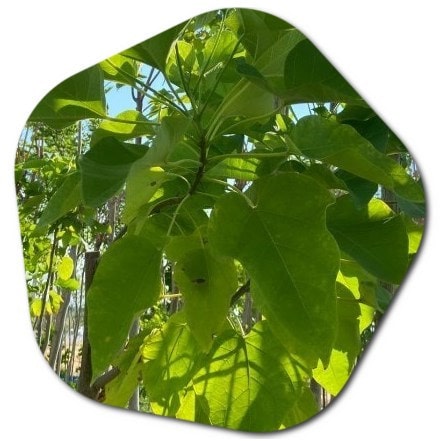Catalpa tree, a natural perfume, is the fragrance of our gardens! The white and fragrant catalpa tree blooms in June and July. Although it grows fast when first planted, it is a type of tree whose growth rate decreases in the following years. This tree with spreading roots is produced by seed. It is one of the tree species that we can see in parks and gardens. Catalpa Tree, You need to water the catalpa tree according to its climate and location. In general, it is sufficient to water 10 to 15 days apart. The sapling of this tree, which is not grown in pots, can be grown in pots. However, it should be planted with a distance of 9 meters between the seedlings and a row of 9 meters.
Is catalpa tree wood good for anything?
Catalpa wood has been historically used for various purposes, although its applications are not as widespread today. Some of the uses of catalpa wood include:

- Fence Posts and Rails:
- Catalpa wood is known for its natural resistance to decay, which makes it suitable for outdoor use. In the past, it was commonly used for making fence posts and rails.
- Railroad Ties:
- Due to its durability and resistance to rot, catalpa wood was used for railroad ties in some regions.
- Boatbuilding:
- The wood’s resistance to decay made it suitable for certain marine applications, including boatbuilding.
- Tool Handles:
- Catalpa wood, with its strength and durability, has been used for making tool handles.
- Carving and Woodworking:
- Catalpa wood is relatively easy to work with, and it has been used for carving and general woodworking.
While catalpa wood has these positive qualities, it’s essential to note that the use of catalpa has diminished over time, and other wood species are often preferred for specific applications. Additionally, catalpa trees are considered invasive in some regions, which may impact their desirability for planting.
Before using catalpa wood for any specific project, it’s advisable to assess its availability, characteristics, and suitability for the intended purpose. Additionally, local regulations and conservation considerations should be taken into account, especially if catalpa is considered invasive in your area.
